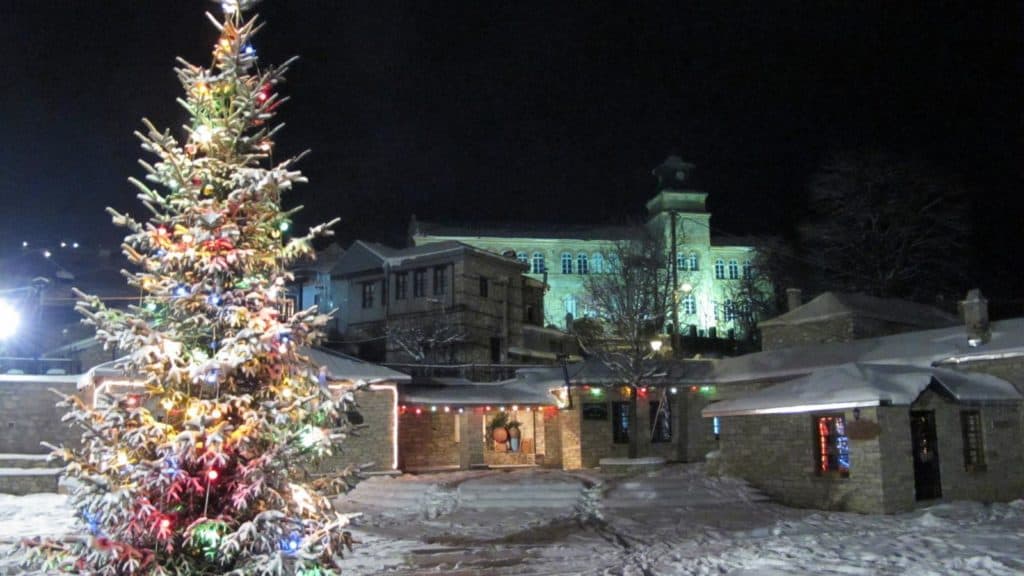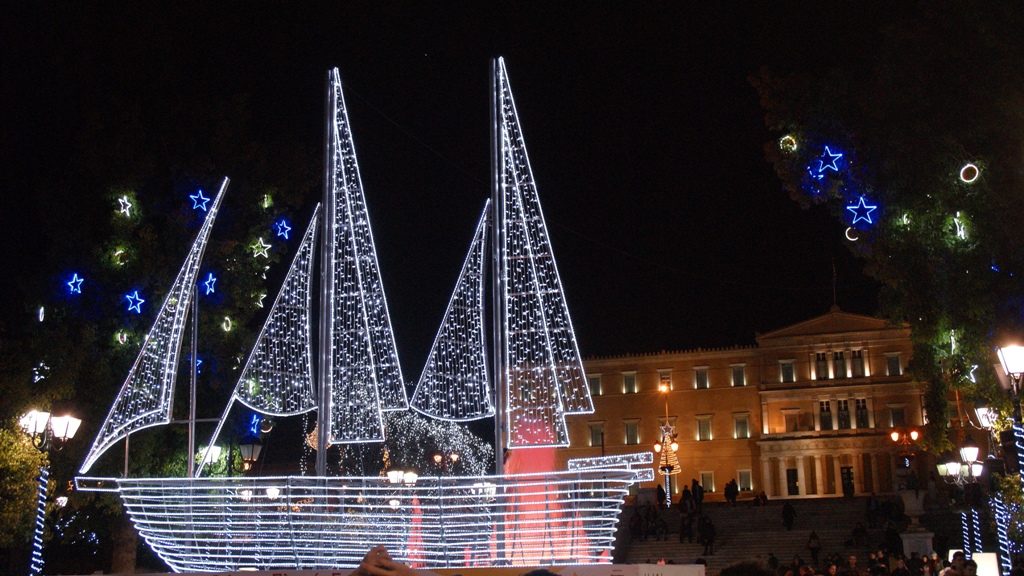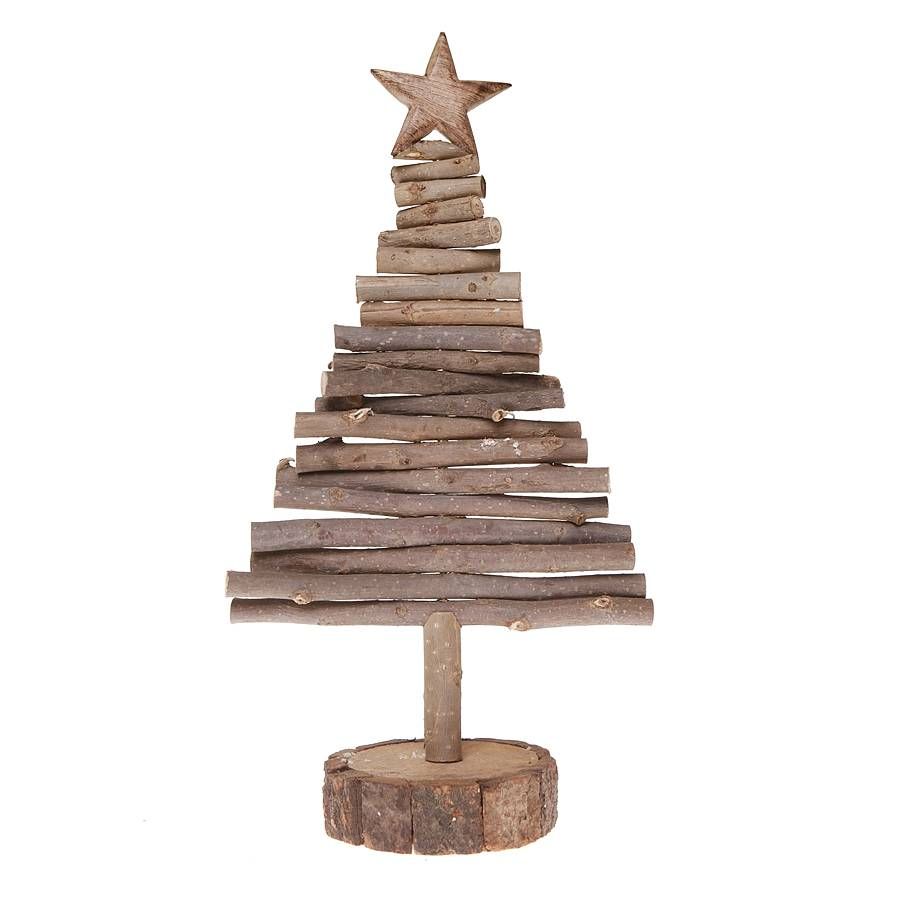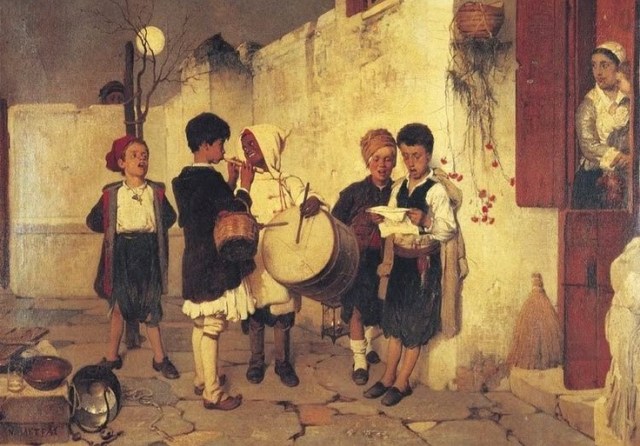
Carols about the birth of Jesus sung by the sweet choral voices of children, special decorations, scary superstitions, and painstakingly-made cakes all make up part of Greece’s many Christmas traditions. Many of these are similar if not the same nationwide but celebrated with different variations, depending on what cultural influences each location has been affected by over the centuries. Many of the traditions that continue to be honoured today root back to generations upon generations ago of Greeks from islands, villages and cities alike.

Christopsomo
Preparing the Christ-bread involves a ritual that is considered almost sacred and in the old days was made by traditional housewives with ultimate reverence, sometimes while saying a prayer. Patiently they kneaded a dough using a special type of yeast, which in some recipes contained dried basil. In some parts of the country, they also added rosewater, sesame seeds, honey, cinnamon, and cloves. A piece of dough is kept aside for making a cross at the centre of the ‘bread’, which is then ‘engraved’ with designs like flowers, symbols of abundance or animals relevant to the family (for example sheep for a shepherd’s home). On Christmas Eve the family gathered around the bread to carve it and exchange wishes. In Ithaka, the Christ-bread was traditionally narrow, while in some parts of Drama a small round loaf would be attached and baked on top of a larger round loaf, one symbolizing the cave in which Christ was born and another Christ himself.

Christmas Boat
Although widely replaced by the Christmas tree in households throughout the country, Greeks have not forgotten the Christmas boat tradition that roots back way further. The boat is a symbol for the Christmas and New Year period not only because Greece is a seafaring country but because it represents travelling into a new direction blessed by the birth of Christ. Fifty years ago almost every household in Greece featured a Christmas boat at this festive time of year, and one can still see it lit up today, but mainly in island village homes.

Christmas Log
The custom of decorating the Christmas tree was introduced to Greeks during the rule of King Otto in 1833 when a tree at the Royal Palace was decorated for the populace to admire. It took as the post-WWII period however until Greeks began to imitate this custom on a widespread level.
The tree’s traditional predecessor was the “Christ branch”, a very thick, sturdy log – usually from a pear, wild cherry or a thorny tree (thorny trees were favoured because their spikes were thought to keep demons away), or even pine or olive as more commonly used in northern Greek villages. The selected log would be placed in the fireplace and with all the family gathered around, lit on Christmas Eve. The aim was to let it burn until Epiphany Day (January 6th). There were two reasons for this custom: one was that it was a symbol of providing warmth and light to baby Christ and his mother the Virgin Mary in the cold, dark cave where he was born; the second was that the fire would keep the naughty, wicked kalikantzaroi out of the house. After the log had disappeared into ashes the woman of the house would traditionally gather them and spread them all around the outside of the house and on any farmland they owned to protect the family and their home from evil.

Naughty Kalikantzaroi
Tall, ugly and charcoal black, furry, with goat’s legs and red eyes, these demonic creatures have terrified superstitious Greeks since Pagan times. The Kalikantzaroi were thought to live in the centre of the earth throughout the year, trying to saw the world tree and cause it to collapse. They would rise to the surface of the earth on Christmas Eve to cause havoc for the humans who reside there until Epiphany Day. Superstition says that the kallikantzaroi steal, misplace and soil things around the house and cause all other kinds of mischief. Basically, if anything goes wrong on the 12 days of Christmas, you can confidently blame them!

Feasting
Pork is the prominent ingredient in the Greek Christmas feast, because traditionally in the weeks leading up to the holiday the slaughter of pigs or ‘heirosfagia’ took place. This was not traditionally a gratuitous act, but a means of creating a stock of meat to feed the village community throughout the year. In older times when people didn’t have high-tech refrigerators, or any refrigerators at all for that matter, the pork meat was stored in its own fat in the form of sausages, kavourma, and other preserved concoctions. But first, it would be enjoyed at the Christmas table. Turkey with stuffing is a western culinary Christmas tradition that has been implemented by Greeks in only the last 40-50 years at most. Traditional Christmas dishes included cabbage dolmades made with rice, mince, and egg-lemon (avgolemono) sauce since Byzantine times, meat and vegetable pies and pork baked on the fire with leeks or served as pikti (slow-cooked with lots of lemon).

Carol Singing
Kalanda Christmas folk songs are traditionally sung on Christmas, New Year’s Day and Epiphany Day. More traditional times they were sung by children in village squares, but in more modern times kids go from house to house ringing doorbells and asking ‘Na Ta Poume?’ (Shall We Sing?) to ‘bless’ households with the Christmas spirit and good fortune. Home-owners listen to them singing and playing the triangle at the door and then offer them a few coins as a sign of thanks. With Pagan and Byzantine roots, Greece’s carols go back a long way.

Pomegranate smashing
If you’re wishing for abundance and good luck, you should prepare for some pomegrate-smashing! On the morning of New Year’s Day, when traditionally Greek families went to the church service, the man of the house would take with him a pomegranate. Upon returning to the house, the man would ring the front doorbell or knock (according to tradition he was not allowed to open the door with his key) and be the first to enter the house in the New Year. Holding the pomegranate in his hand and stepping through the front door – always with the right foot first – he is then expected to throw the pomegranate to the floor with great force, making sure it smashes into pieces and that its seeds spread around the floor. While he does this he has to say: “with health, happiness and joy, the New Year and may our pockets be filled with the same quantity of golden coins (lires) as there are seeds throughout the year.” The more ruby-red, sparkling and translucent the seeds are, the more blessed the year ahead promises to be. Another rendition of this tradition is to invite a friend or relative whom you consider particularly fortunate and pleasant to enter your home and step on a piece of iron so that everyone in the house will be strong throughout the year.


